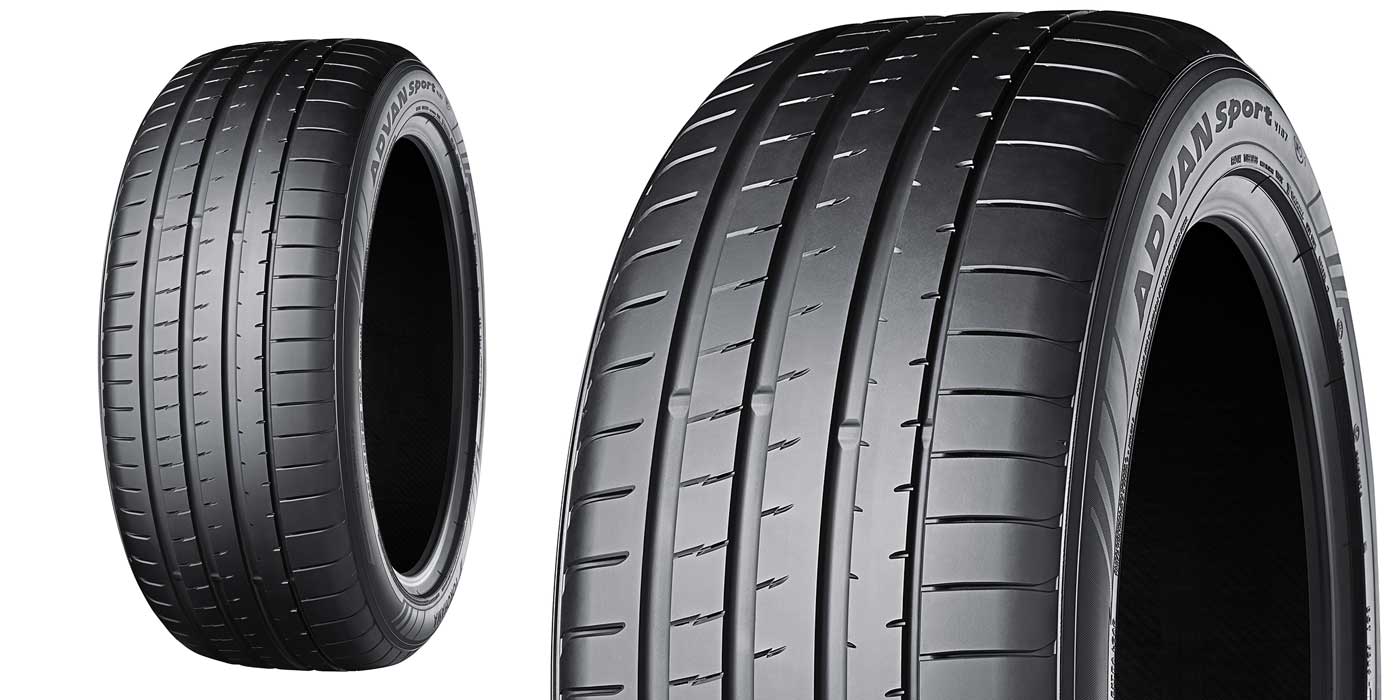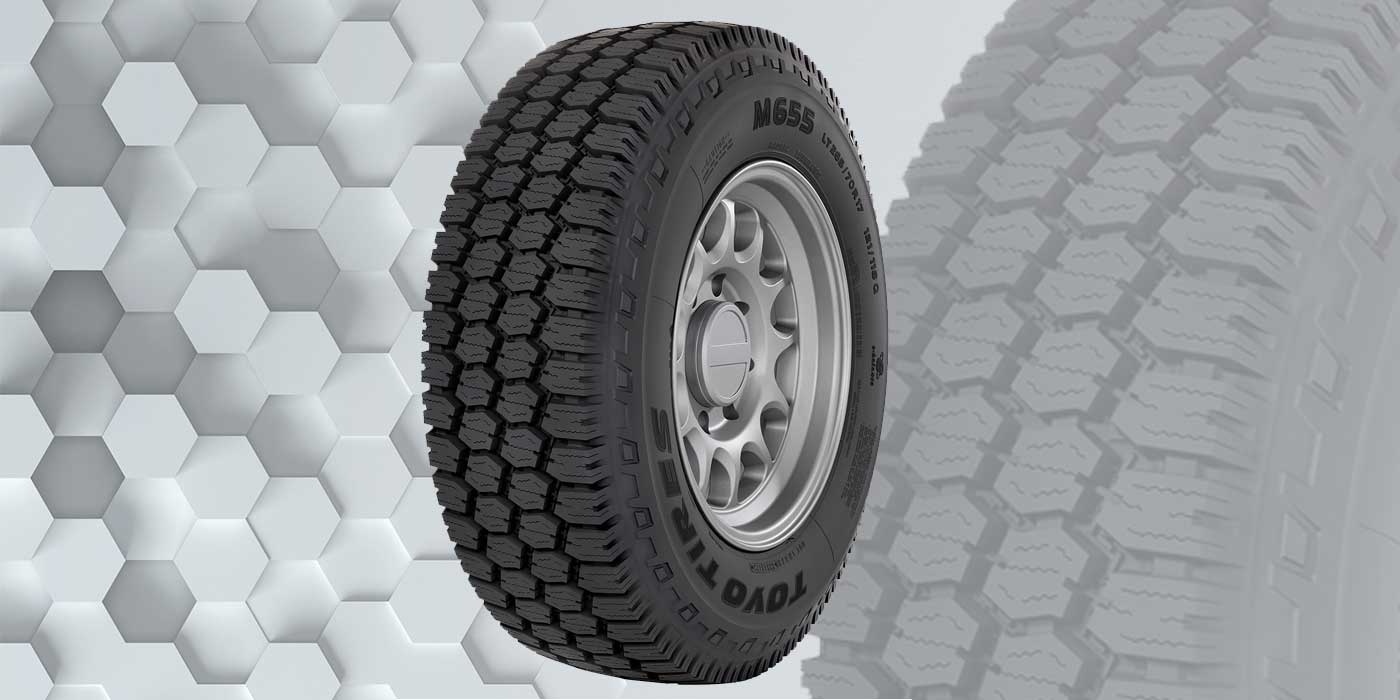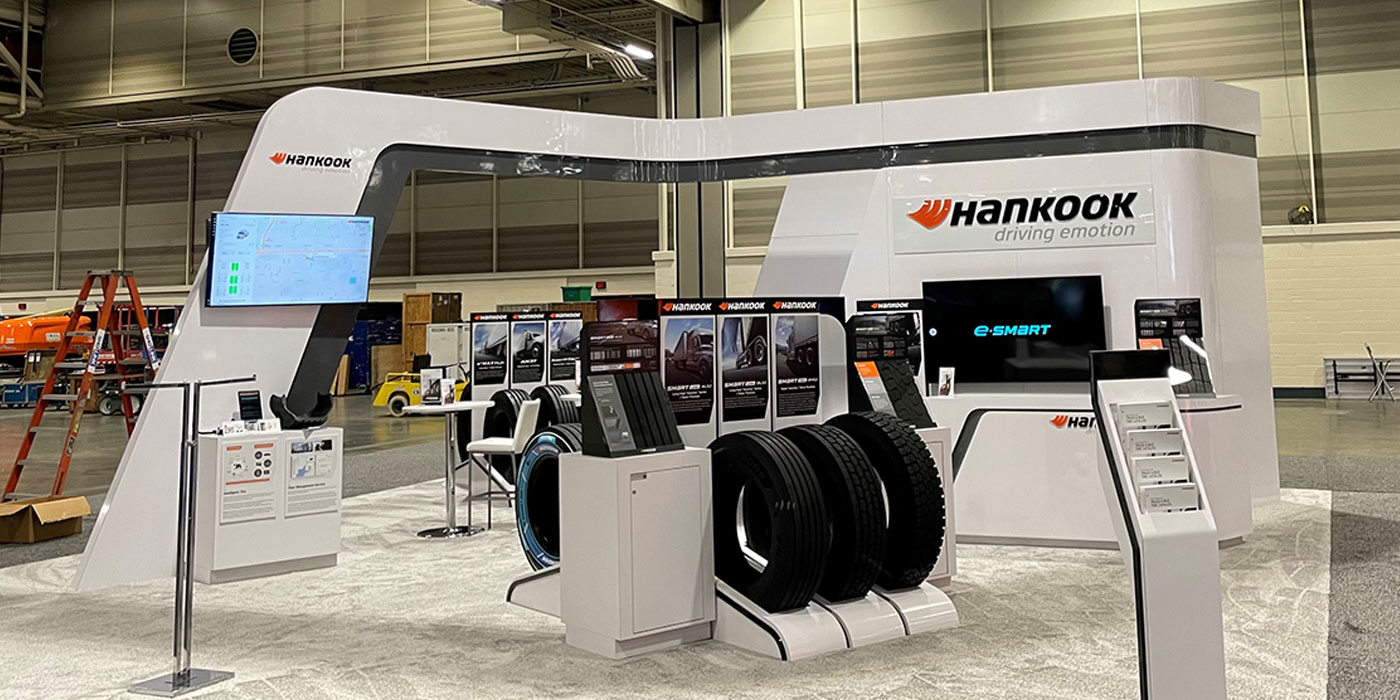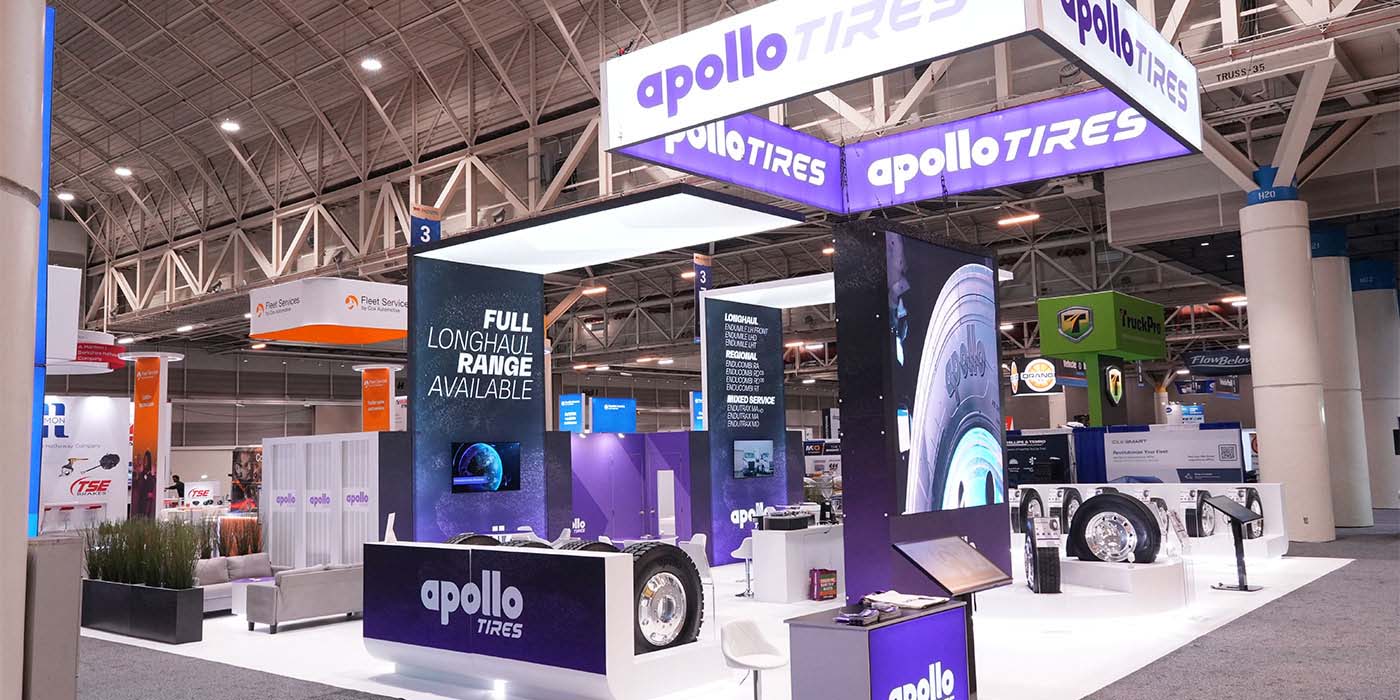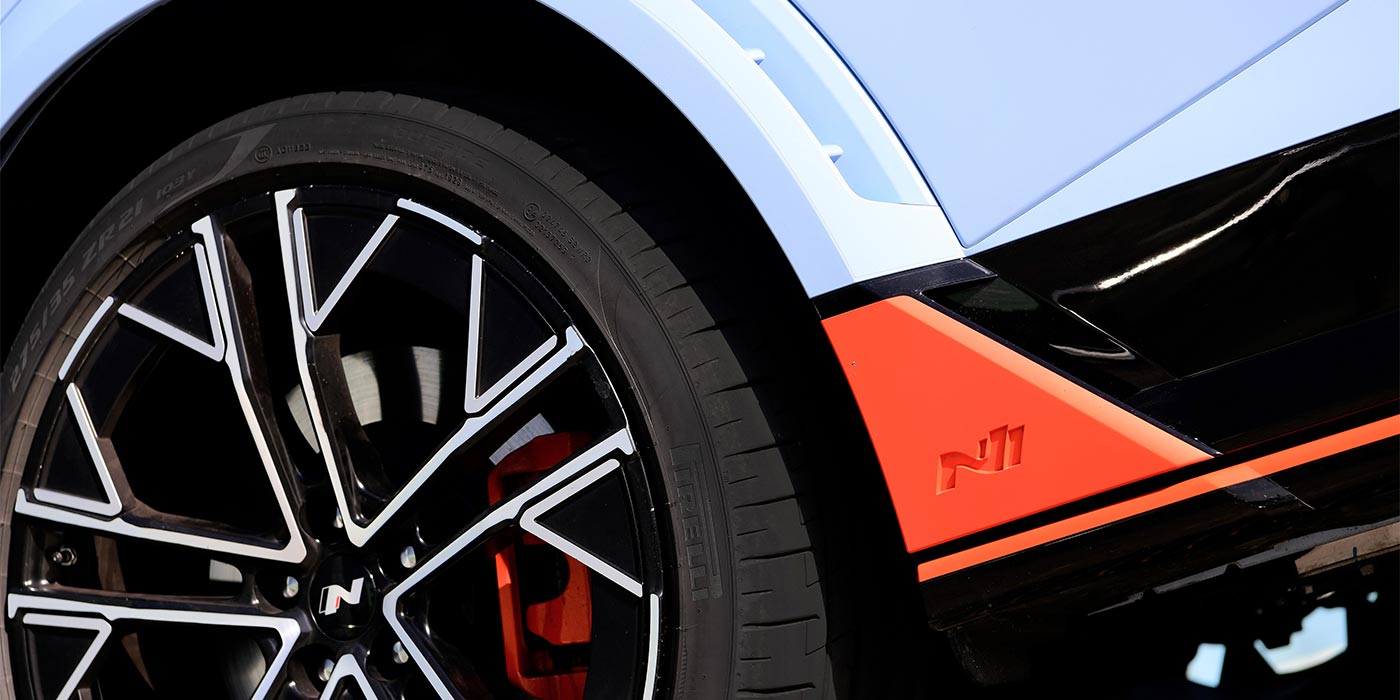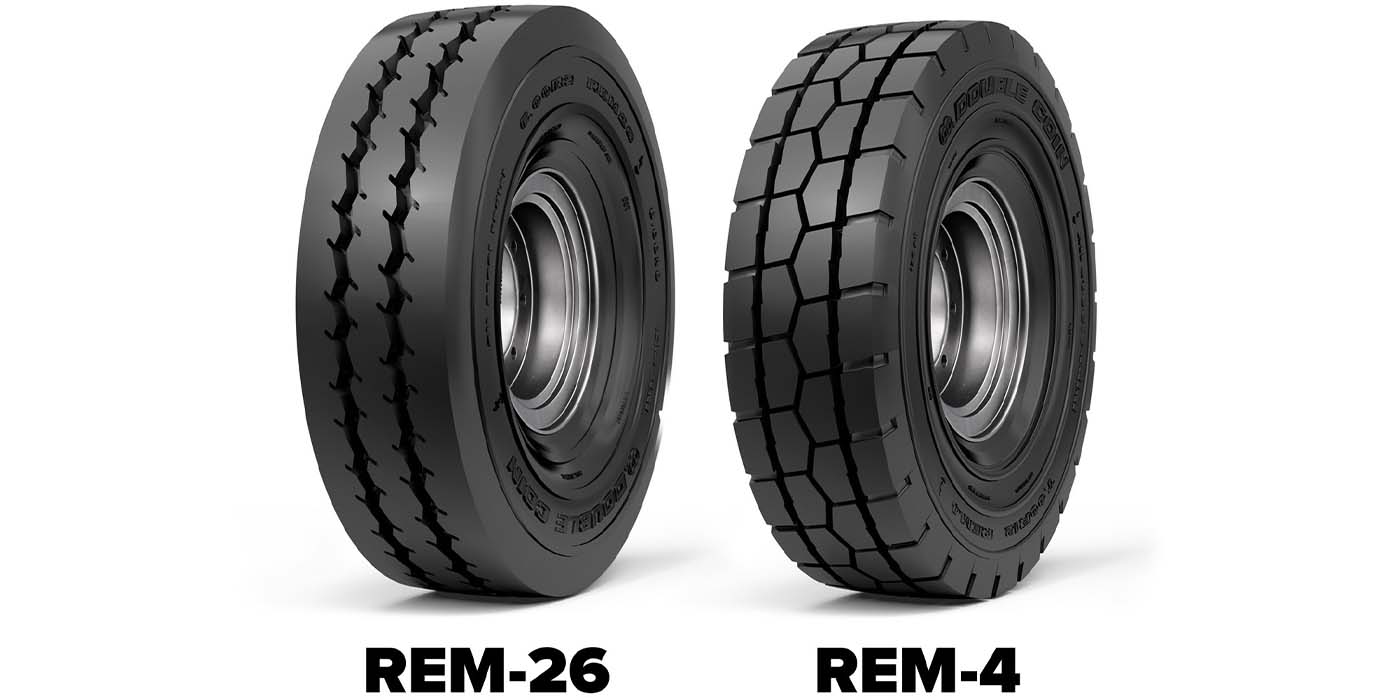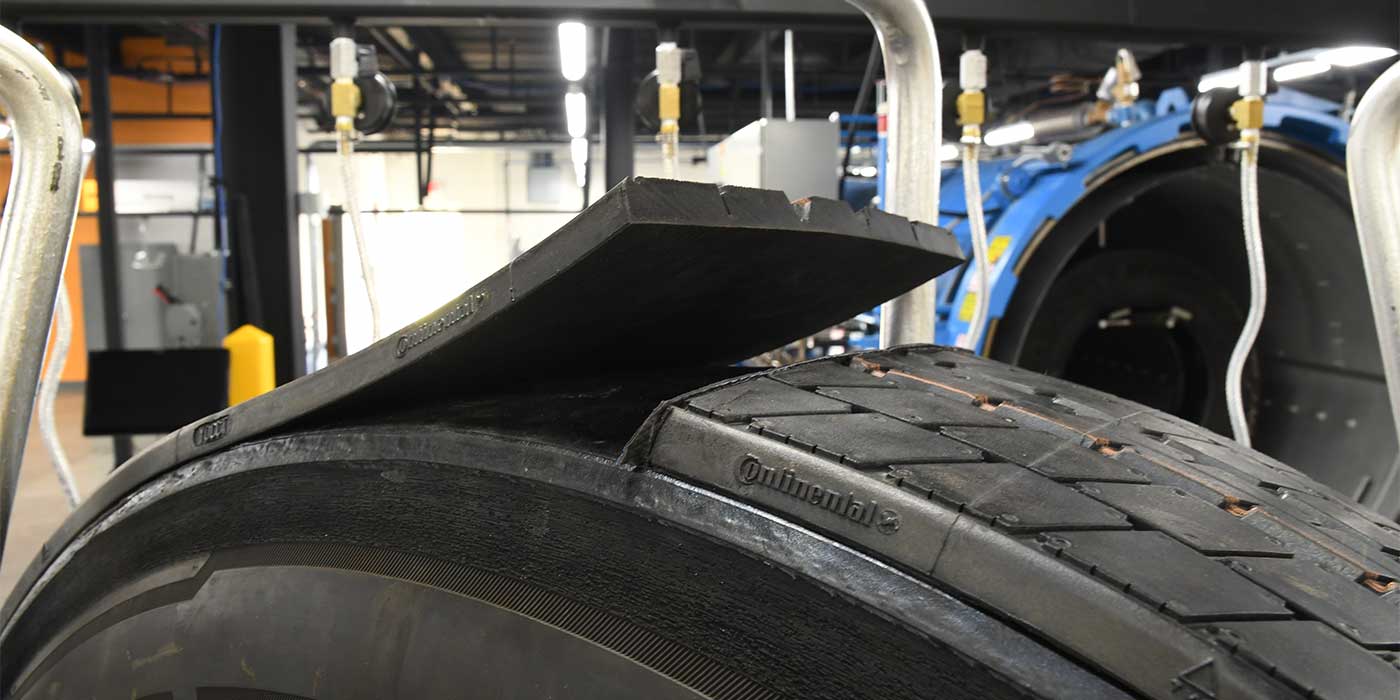What’s the Real Value?
Methods Vary, But Calculating the Cost/Value of Truck Tires is Key
Finding ways to save money is important to any business. No owner wants to see more money going out the door than is coming in.
Commercial fleets are no different. The costs of equipment, salaries and repairs can be high, not to mention the loss of revenue and repair costs when a truck goes down. This is why today’s fleets have to be more efficient.
One of the best ways for a fleet to save itself money is to maximize the useful life of tires.
Tires are a massive cost for any fleet. After fuel, tires are any fleet’s second largest cost. And the larger the fleet, the more money wrapped up in rubber.
This is the bottom line reason commercial carriers turn to retread tires. Just because the tread has worn out doesn’t mean the casing is shot. A well-constructed casing could last two or three generations, depending on how well it’s maintained. Of course, it’s up to the fleets themselves to find the best way to maximize tires and casings.
"In round numbers, you might pay around $300 for a new tire, and then $100 to retread it," said Asa Sharp, the former OE tire marketing manager at Goodyear.
"But you have to also consider that a worn out new tire is a valuable asset. If it’s a major brand, the casing is worth around $80. So, you have a tire worth $180 after it’s been retreaded the first time. A good retreading program can save a fleet around 30 percent per truck, as opposed to buy new tires."
Down to the Penny
And, for the most part, every new tire manufacturer and retreading equipment supplier has various ways to calculate the total cost/value of a truck tire. In general though, each considers the original cost of the new tire, tread mileage to first retreading, the residual value of the casing at each retreading, the cost for each retread, and total mileage gained from each retread.
In the end, a fleet can estimate — to its satisfaction, and, often, to within fractions of a penny ®” the total cost per mile for each new tire they purchase.
The question is how much money can be saved by using retreaded tires?
No truck can be run completely on retreads — virtually no fleets run with retreads on steer axle positions ®” just as no tire can be retreaded indefinitely.
"You’re always going to have to buy new tires at some point in time," said John Buettner, technical director of the Tire Association of North America. "The lifecycle of a tire can be 400,000 to one million miles."
It all comes down to the composition of the fleet, where it operates, and what it needs to accomplish in terms of tire cost.
"The rule of thumb for fleets is to put new tires on the steer positions, and then, once those are retreaded the first time, put those on a drive, then move them to a trailer position on the second retreading," Buettner continued.
"With good planning and scrutiny, you can get the maximum life out of all retreads and still have plenty left on the second retread to do a trailer position."
Sharp agreed with Buettner’s general rule. "The first retread is put on the drive position and the second is a trailer or is used on a city delivery truck in the drive position," he said.
The Right Formula?
But how does a fleet go about doing a complete cost/value analysis on the entire life of a truck tire — new through all retreadings?
The problem is that formulas and equations for determining tire life and maximum mileage abound. Each individual fleet must decide what works best for them, based on dozens of factors, including driving conditions, distances traveled, product performance expectations, type of vehicles and loads, etc.
"There are no formulas that you could come up with that more than a couple fleet guys would agree with," said Sharp. "Most of the real savvy fleet people are very specific about how they calculate this, and how they rotate tires through their system.
"They will buy new tires for steer positions only. Then they take as many casings as are available for drive and trailer positions and have those retreaded. If any positions are left over, they buy new tires for those."
It seems the reason that many fleets can’t agree on ways to establish tire cost/value is that the tires in different positions wear at different rates. And different wear rates gets back to where and how each truck is driven.
"If the road you’re operating on is rough, that wears out the tread faster," said Buettner. "Fleets that operate in Hawaii go through tread faster because the roads over there are made of lava rock.
"That means the tire can be retreaded more because the life cycle of the casing hasn’t been used. Of course, all this is contingent on a how well the tire has been maintained, and a thorough casing inspection."
Know Your Casings
Knowing how long to keep a casing in use is also important for the fleet. A casing that doesn’t realize its full life isn’t helping to save money. Conversely, a casing that’s used longer than it should be can cost a fleet in many, many ways.
Each individual fleet must gauge is how long they want to keep a tire in service. "On a Class 8 tractor, tires in the drive positions will last through the original tread for twice as many miles as tires on steer positions," Sharp said.
Once the fleet has figured out how long each position will last, the really hard decision has to be made. Should the tires be replaced with new or retreads?
"The next consideration is: Do you buy new tires for the trailer axles or do you run all retreads on the trailers?" said Sharp. "New truck tires are designed to be axle-specific, and that means different tread depths.
"The typical tread depth for steer tires is 18/32nds to 19/32nds. For drive positions, it’s 25/32nds to 28/32nds. The trailer tires are somewhere in between the two, but closer to the drive tire tread depth."
Consider All Costs
But which positions, and how often to use retreaded tires are only one area of cost concern for fleet owners. There are also taxes to consider, something that may get overlooked by some fleet owners.
"There’s no Federal Excise Tax on retreaded tires," said Sharp. "On a new tire, there is an $18 to $28 charge, depending on weight. One of the things that retreading does is postpone the date that you purchase new tires, thereby saving some money on taxes."
A fleet also has to choose which type of retread to purchase. Both precure and mold-cure methods have specific pluses and minuses, depending on the specifications of each fleet. But in the end, the amount saved will usually determine the course of action.
"From a pure cost standpoint, because the process is less labor intensive, precure retreads cost a little less than mold cure," said Buettner. "But as the cost of materials rise, it does make precure method a little more costly from a standpoint of retreading."
No matter which retread method, or how often a fleet goes through tires, using retreads can, and will, save money over the life of the vehicle. Replacing a worn or damaged tire with a new one every time will drive a fleet’s profits right out of the business.
"Retreading makes more sense today that it ever did, and it will make more sense tomorrow than it does today," said Sharp. "And with the modern technology of retreading, the quality of the retreaded product today is almost beyond reproach. With the competitive nature of the business, the ability exists to retread a tire so that it looks and performs almost like new."

